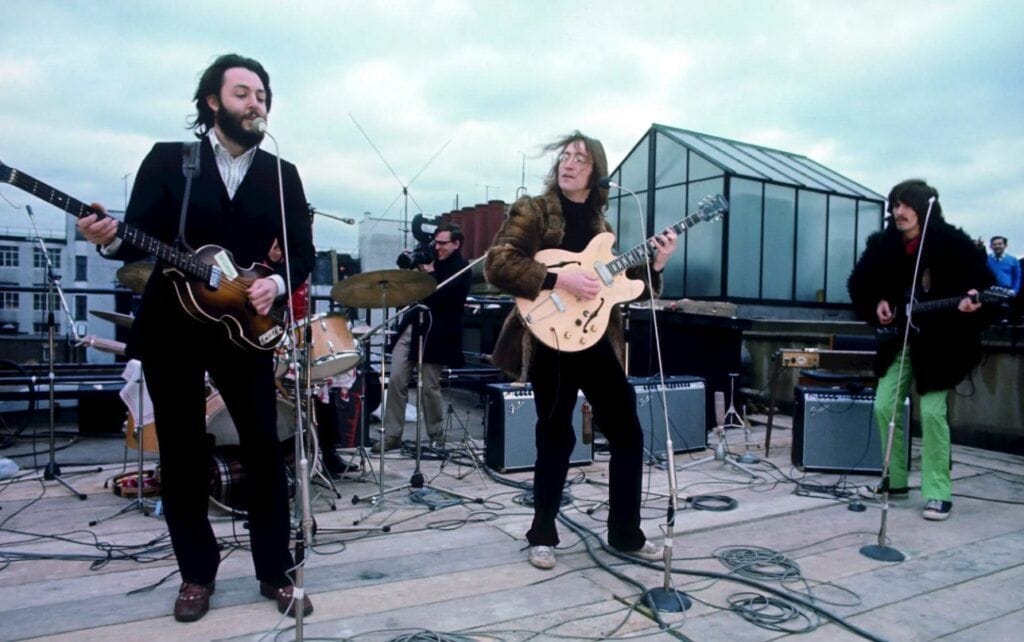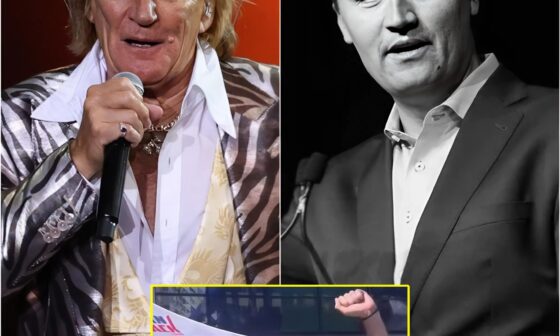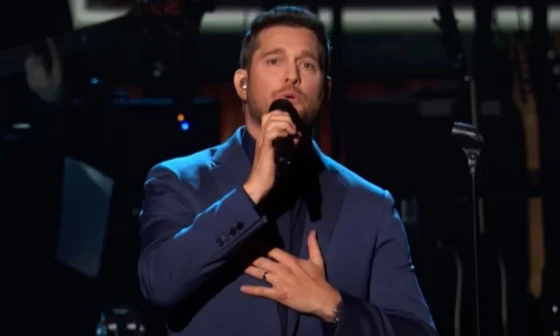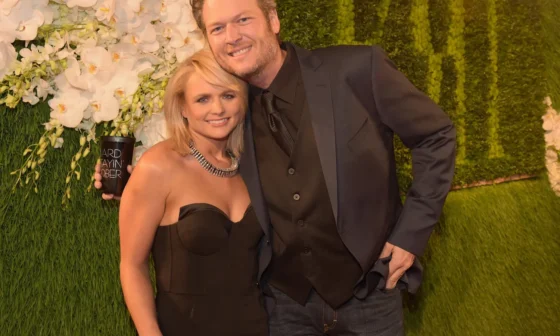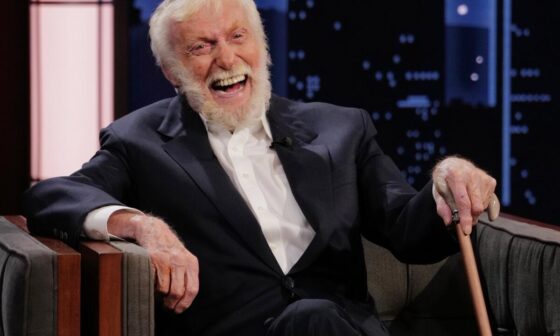In the rich tapestry of rock history, few moments carry the magic and mystery of The Beatles’ rooftop concert on January 30, 1969. Perched atop the Apple Corps headquarters at 3 Savile Row in central London, the band gave an unannounced performance that would become their last live appearance together — a dazzling high point and a poignant curtain call rolled into one.
By early 1969, cracks were forming within the group. They had already stepped away from the grueling world of touring, focusing instead on studio work. Yet in the midst of recording sessions for what would become the Let It Be album, a bold idea sparked: take the music outside, back to the streets, and play for real people once again — no tickets, no fanfare, just pure rock ’n’ roll spirit.
With keyboard virtuoso Billy Preston joining the lineup, The Beatles delivered a 42-minute set that soared through the winter air. They treated the unsuspecting lunchtime crowd — and the startled office workers leaning out of windows — to lively renditions of Get Back, Don’t Let Me Down, and other gems. It was spontaneous, raw, and electrifying.
But as the music floated across the city, so did complaints. Before long, the police arrived to quell the “disturbance,” cutting the set short. The abrupt ending only added to the moment’s rebellious charm, sealing it forever in the annals of rock. Captured in the Let It Be documentary, the performance became more than just a concert — it was a statement, a final act of defiance, and a bittersweet goodbye to live audiences.
Decades later, the rooftop concert remains a timeless symbol of creative freedom and bold artistry. It has been referenced, recreated, and celebrated across countless forms of media, continuing to inspire fans and musicians worldwide. For many, it stands as the ultimate reminder of The Beatles’ unmatched ability to surprise, innovate, and captivate — right up until the very end.
